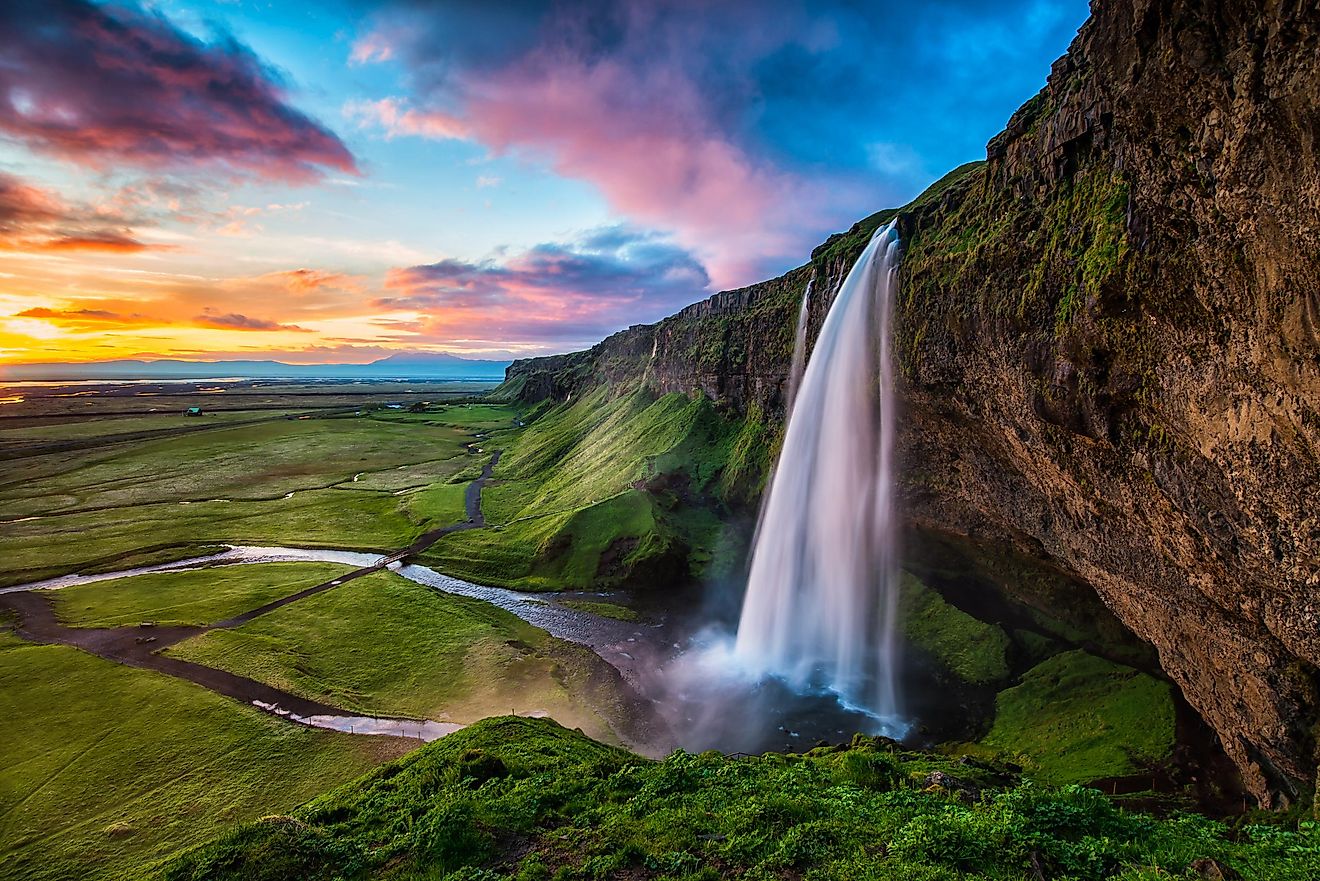How Are Waterfalls Formed?

- More often than not, waterfalls form in the upper course of rivers.
- Waterfalls typically form in young rivers because their channels are narrower and deeper than in established rivers.
- If the waterfall is shaped like a horseshoe, its erosion is focused on a specific point.
Waterfalls are picturesque wonders of nature that show how beautiful it can be in a spectacular fashion. You have probably seen a few, and it is needless to say that the view was probably breathtaking.
Many waterfalls on our planet managed to achieve an instantly recognizable status, and with good reason. These displays of the beauty of nature deserve to be admired by everyone. However, many of you are probably not aware of how exactly waterfalls are formed. In this article, we will talk about that, and hopefully, make you admire these wonders of nature even more than before.
The Endurance Of Waterfalls
Most often, waterfalls are formed in the upper course of rivers. This is the place where lakes start to fall into steep areas, such as mountains. Many waterfalls form over bedrock that is not assisted by the surrounding area due to their landscape positioning. These waterfalls are often short-lived and only flow during snowmelt or rainstorms. However, the more we move downstream, waterfalls become more enduring.
The formation of a waterfall is not a terribly complex process. When the river flows through an area that is mostly made up of bedrock, the process of erosion starts to happen. This process is slow but is dominated by the impacts of water on the rocks. Downstream the process is more rapid and severe.
The water’s velocity increases the further downstream we go, and it is the highest at the edge of the waterfall. Once the water is there, it may pull out materials from the riverbed. At the bottom of the waterfall, the hydraulic forces are so strong that they are able to reach heights that allow them to erode the riverbed.
The Process Of Formation
If the waterfalls are shaped like a horseshoe, they most often focus their erosion on a specific point. This allows the riverbed beneath the waterfall to change as well. Another thing worth mentioning that happens during the process of waterfall formation is “potholing.” This process happens when turbulent whirlpools start to spin stones around the riverbed and create a deep hole in the bedrock due to erosion. This means that the sand and rocks that get carried by the river increase the capacity of the erosion.
Waterfalls form mostly in rivers while they are still young. Their channels are more narrow and deeper, which is the perfect setting for the formation of a waterfall. Waterfalls often start off as rapids, flowing over the hard rocks in the river bottom, while eroding the softer rocks. Due to them eroding slowly, the hard rocks get lifted above the stream bed. However, the speed of the erosion process is highly dependent on the strength of the river.
Eventually, a process known as abrasion starts to happen. This is where the erosion of rock surfaces starts to happen due to the friction caused by the moving particles. It is this process that causes a drop to develop. This vertical drop starts to form even more with time, and eventually, the flow of the river becomes steep enough to form a waterfall. The hard rocks break loose through the process of erosion, and they fall to the bottom of the waterfall, forming a gorge.











